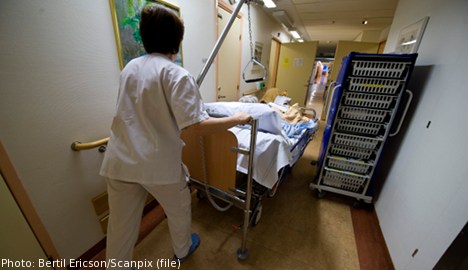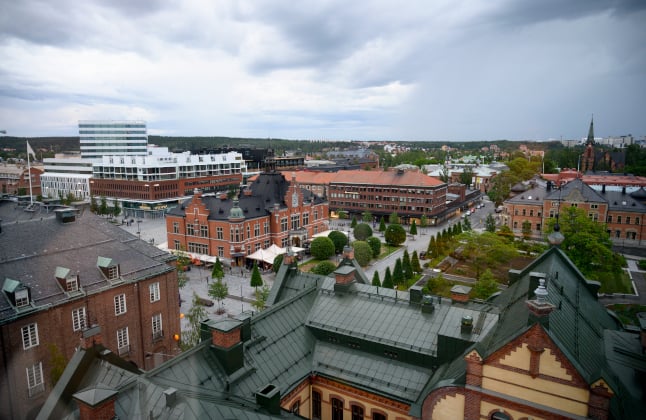“I think their demand is entirely reasonable,” Lotta Hjelte, vice chairwoman of the Västerbotten regional division of the Swedish Association of Health Professionals (Vårdförbundet), told local newspaper Västerbottens-Kuriren.
Sara Selin, one of the protest’s organizers, is hopeful that this will lead to change.
“There are a lot of us now, and the counties are in need of very many nurses for summer work, so we’re a major group who have a real chance of making a difference,” she said to radio station SR.
24,000 kronor is the average monthly salary for nurses with a general nursing degree in Västerbotten county, according to Västerbottens-Kuriren.
For newly graduated nurses, the average salary in the county is 21,500 kronor.
Västerbotten’s Association of Health Professionals hopes that the nursing students’ demands will lead to raised salaries for the nursing profession overall.
“If new nurses receive 24,000 every month when they start working, the county and municipalities will have to do something about the salaries of those who’re already working,” Hjelte said to SR.
The protest was started by last year’s nursing students, and has since spread throughout Sweden. According to the association, it has already resulted in raised entry wages in the Stockholm area.



 Please whitelist us to continue reading.
Please whitelist us to continue reading.
Member comments